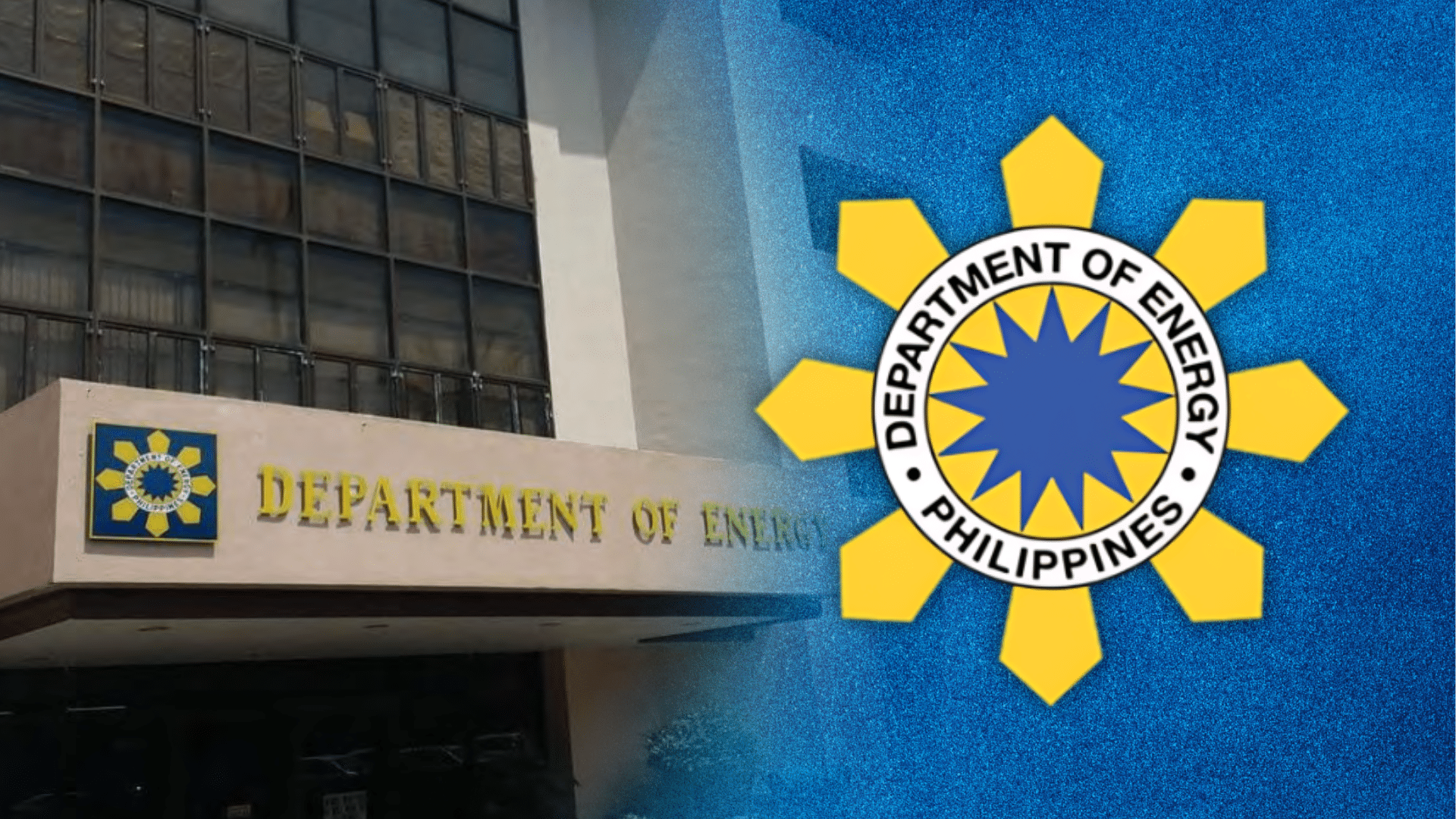
Department of Energy facade from DOE / FILE
The Department of Energy (DOE) is urging more Filipino companies to explore opportunities in nuclear energy alongside the Marcos administration’s efforts to revive the use of the power source to meet the needs of a growing economy.
Energy Undersecretary Rowena Cristina Guevara said Wednesday the government was banking on private players’ investments to fast-track President Marcos’ target to make nuclear energy part of the power mix.
“Our hope is the private sector in our country will pursue nuclear power because we have a target that by 2032, we [should] have 1,200 megawatts,” she told reporters on the sidelines of an event in Taguig City.
READ: Key US, PH nuclear pact enters into force
The President’s bid for a nuclear future for the Philippines—amid his father’s own failed past with the mothballed Bataan Nuclear Power Plant—made progress on July 2 when the crucial “123 agreement” with the US came into force.
With a legal framework now in place to make the technology reach Philippine shores quicker, about 40 American companies are expected to join the fray. Manila Electric Co. and the Aboitiz group had already signified their interest in developing the energy source.
Guevera took note of Meralco’s plan to build micro modular nuclear power plants by 2028. In May, Meralco chair Manuel V. Pangilinan said the group wanted to have an operational facility “to produce power and demonstrate that it’s a safe mode of producing power.”
The International Atomic Energy Agency defines micro modular reactors (MMR) as advanced nuclear reactors with capacity of up to 300 MW per unit or about one-third of the capacity of traditional nuclear power plants.
READ: US, Philippines to train Filipinos in nuclear power
Ideally constructed in smaller areas, an MMR is usually the size of a bus. In a statement late Tuesday, Energy Secretary Raphael Lotilla said the deal with the US would pave the way for “the safe and secure use of nuclear energy for peaceful purposes, for information, knowledge, and technology exchange related to nuclear safety, security, and non-proliferation.” Lotilla said the Nuclear Energy Program-Inter-Agency Committee is already finalizing the roadmap for nuclear energy use.
Once the government hits 1,200 MW of nuclear power generation capacity by 2032, it hopes to further boost this with an additional 1,200 MW by 2035 and 2,400 MW by 2050.